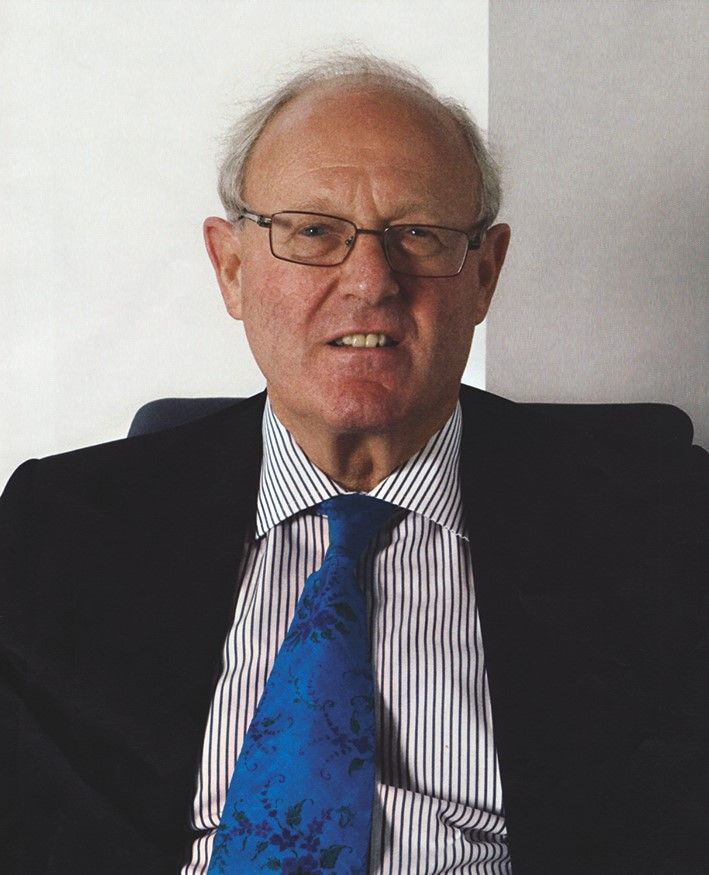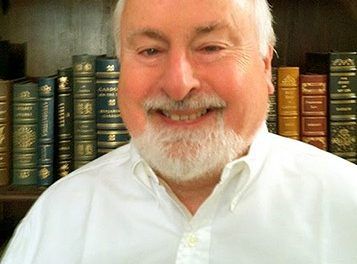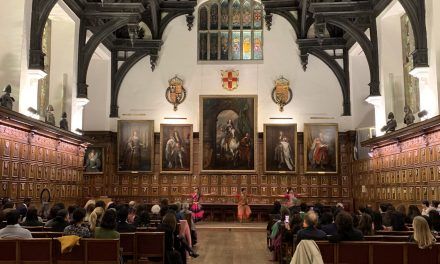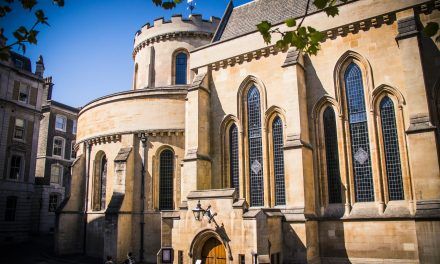Years ago, when on occasion I was the guest speaker at a college or University’s annual law dinner, I would sometimes begin my speech by self-deprecatingly contrasting my own modest career with that of one of the legal giants of yesteryear. Initially, I chose FE Smith. I’d say:
F E Smith, the First Earl of Birkenhead and I have very little in common. F E took silk at 35, became Lord Chancellor at 47, and was dead at 58, largely through drink. None of these things have I achieved. Nor was I, as he was, the Vinerian Law Scholar, Solicitor-General, Attorney-General and Secretary of State for India.
The time came when, chatting to the students after one such dinner, to my astonishment I found that not one of them had ever previously even heard of F E Smith.
I then thought to substitute F E Smith for another legal legend, Rufus Isaacs, the first Marquess of Reading, his career being perhaps even more remarkable than F E’s. Hammered on the Stock Exchange in his 20s and later closely associated with the Marconi scandal, Isaacs enjoyed immense success at the Bar and took Silk at 37, before he successively became Solicitor-General, Attorney-General, Lord Chief Justice of England, Viceroy of India and, finally, Foreign Secretary. He was for good measure, and remains, the only commoner since the Duke of Wellington to be raised to the rank of Marquess.
Later, however, chatting to a similar group of students after another law dinner, I found (as perhaps readers will already have guessed), that Rufus Isaacs was no more of a name to them than F E had been. The fact was that these legendary figures and others like them (Marshall Hall, Edward Carson, Patrick Hastings, Edward Clarke, and Norman Birkett) were certainly not legends to them. One or two of these names might ring a bell, but only in some narrow context. Norman Birkett or Hartley Shawcross, say, because of their part in the Nuremberg trials; Carson and Clarke for, respectively, prosecuting and defending Oscar Wilde. Really one must jump forward to the era of George Carman or even Michael Mansfield (hardly comparable figures) before alighting on a name recognised by the public today. And who today, save perhaps David Pannick, could currently hope to be regarded as a household name?
I confess to finding all this deeply disheartening. It was in the celebrated biographies of legal giants past that I first recognised the drama and romance (what Tom Bingham once called the magic) of life at the Bar. For many of my generation, legal biographers like Montgomery Hyde and Edward Majoribanks were themselves names to conjure with, let alone their subjects. Not only did such books capture our imagination and fire our ambitions, but they also described much about the Bar’s ethos and style. They were also (indeed, to my mind, still are) rattling good reads: after all, it is not in every era that careers such as those I have mentioned are forged. The closest equivalent of such books today is surely those of Master Thomas Grant, notably his compelling Number One Court, Old Bailey, and his enthralling biographies of Jeremy Hutchinson and Sydney Kentridge (The Mandela Brief, an account of Kentridge’s practice during South Africa’s apartheid years).
Enough of all that: my readers may begin to think me guilty of pure nostalgia. Really, though, I am not. I am striving rather to persuade my younger readers, particularly anyone contemplating life at the Bar, to read the better legal biographies. Certainly, I can think of no better way of learning something of the history of this great profession and of the towering figures who used to grace it.
Before however, saying a final farewell to Rufus Isaacs, I cannot resist a tailpiece to record how he, followed by his son, founded what eventually became my own chambers at 2 Garden Court (now re-created as 39 Essex Chambers). Rufus, before even he was Called to the Bar and with astonishing self-confidence, took chambers for himself at 1 Garden Court. As shown, however, by the Middle Temple’s tenancy records, by 1907 he had moved to 2 Garden Court and there, in 1913, he was joined by his newly Called 23-year-old son, Gerald (Lord Erleigh as he became in 1917 before finally succeeding his father as the 2nd Marquess of Reading in 1935). Clear it is that the 2nd Marquess prospered greatly in his professional life, dying in 1960 at the age of 71, laden with honours: GCMG, CBE, MC, PC, QC. In the 1950s he had been a Foreign Office minister. Whether his silk was granted for parliamentary reasons or for his practice I do not know.
But before those years of success comes a story I have long relished about Gerald’s early approach to the Bar. In telling it I should at once acknowledge that it is entirely unconfirmed hearsay (related by chambers elders through the years), mere gossip. Not that I object to gossip. On the contrary, I subscribe to the adage: ‘I don’t like idle gossip; I like to keep it moving!’
At all events, the story is that in his earliest days at the Bar, Gerald had been above all a socialite. He was, of course, a highly eligible young man and doubtless much in demand in society. It was thus his principal concern that the Bar should not be allowed to interfere with his social life: in particular, its demands should not extend beyond the hour when he would need to return home to bathe and change into a white tie. So it was, rumour had it, that if by ill chance he was last on the list at some outlying court, or for some other reason a late sitting seemed inevitable, out would come his cheque book and he would enquire as to what the claimant would take in settlement and, of course, as to both sides’ costs.
I do hope the story is true, at least of one or two occasions. Indeed, I personally would regard it as greatly to the young man’s credit, demonstrating an attractively carefree and patrician attitude to life before the long years of danger and responsibility ahead. This, after all, was just before the outbreak of the Great War, a war in which, it will be remembered, Gerald won an MC. Certainly, I used to tell this tale with no thought that it might be regarded as inconsistent with my boasts of chambers’ distinguished history. Of course, I recognise that few new tenants these days could afford to behave quite as the young 2nd Marquess is said to have done and, indeed, it may be doubted if such an approach today would enhance one’s prospects of a successful future at the Bar. But I would be disappointed, indeed saddened, if the young barristers today would on that account regret rather than relish the inclusion of the second Marquess amongst their illustrious forebears in chambers.

Master Simon Brown (Lord Brown of Eaton-under-Heywood) joined the Middle Temple in 1958, was Called to the Bar in 1961 and became a Bencher in 1980. He was appointed Treasury Counsel in 1979, a Queen’s Bench Judge in 1984, a Lord Justice of Appeal in 1992, a Law Lord in 2004 and a Supreme Court Justice in 2009. Since retiring in 2012, he has worked as a Crossbench Peer and written two volumes of anecdotal memoirs: Playing off the Roof and Second Helpings.




